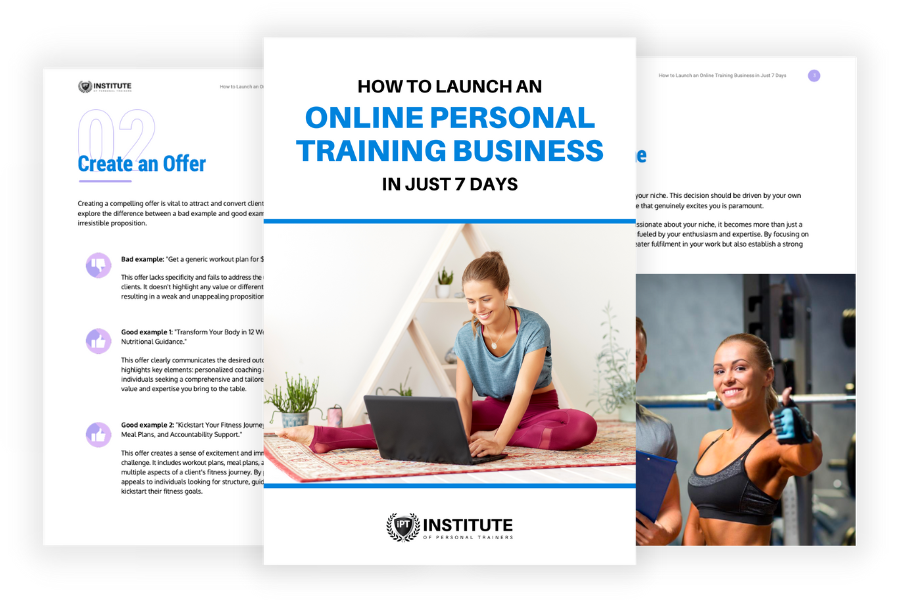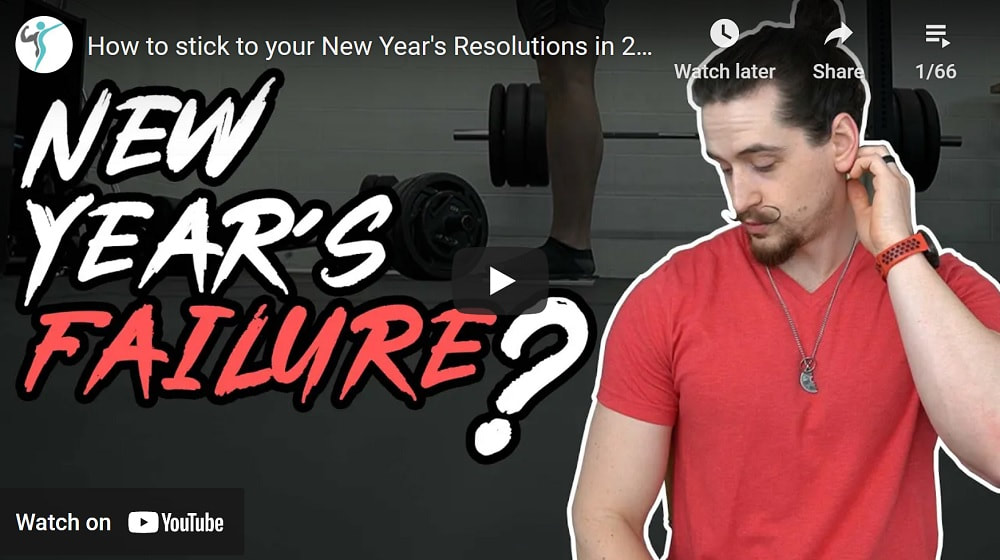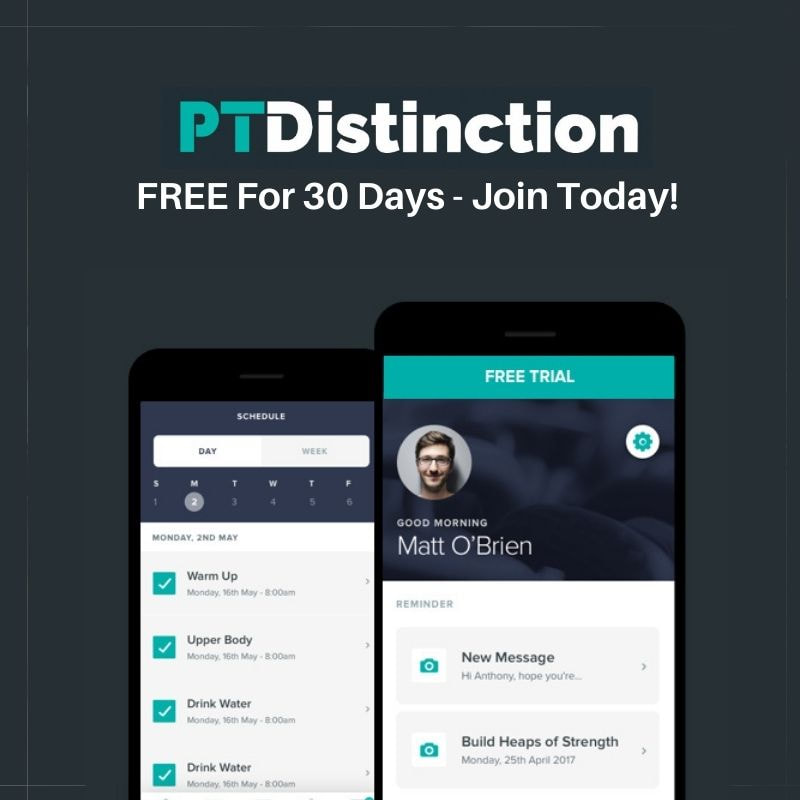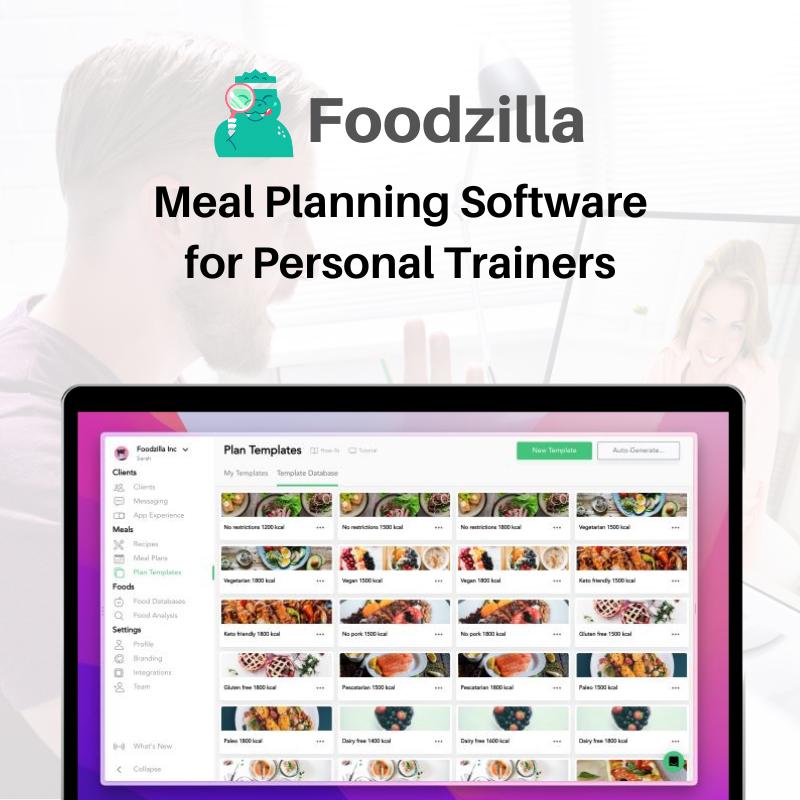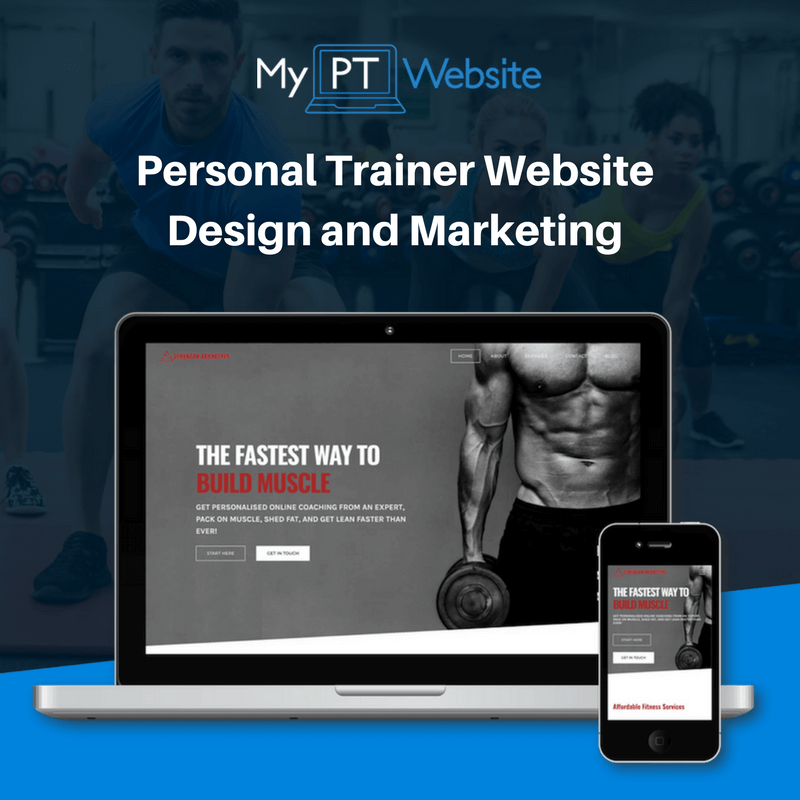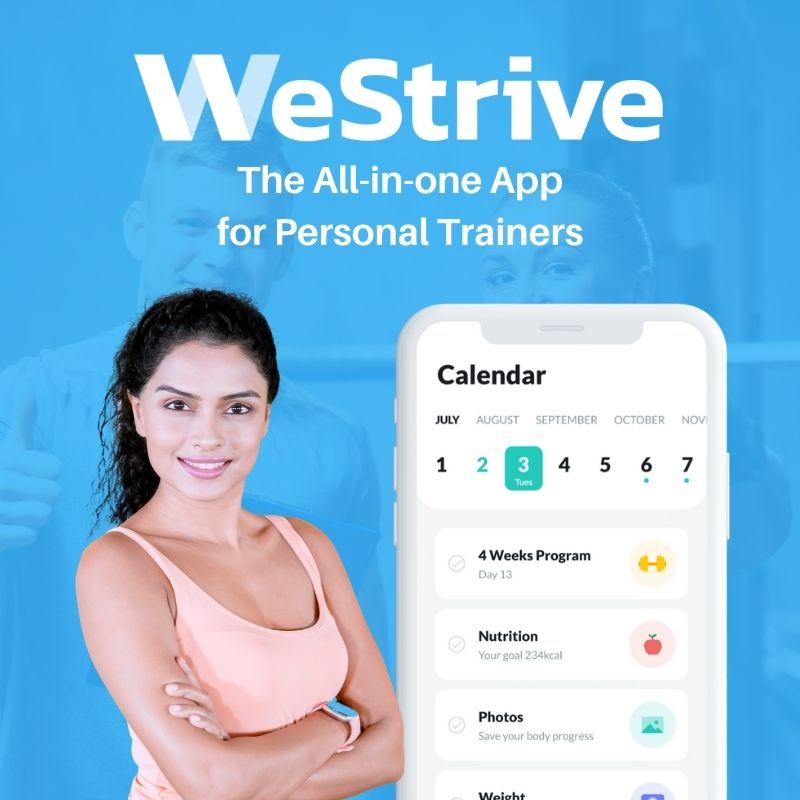|
FREE GUIDE: HOW TO LAUNCH AN ONLINE PERSONAL TRAINING BUSINESS
IN JUST 7 DAYS
✓ The new, better way of launching an online business
✓ The fastest way to create in irresistible offer ✓ A simple system to sell to clients who are interested |
|
Potential clients are most likely to engage with videos on social media and when done right, they can drive a ton of traffic to your personal trainer website. Once they’re there, you’ve likely got some more video resources that will help your audience to build a connection with you, to demonstrate your authority in your field, and to bring some leads into your fitness business. But all these videos can seem daunting to record, and talking without a clear message can feel like you’re waffling. Having a clear structure to your video content can take the stress out of recording video content completely. Why A Structure, Not A Script? To start with, it can seem like a script is the answer. You can take your time writing it, and it stops you from going blank mid-recording and forgetting what you needed to talk about. But be cautioned against it. Aside from it being too time-consuming to script every word, it’s also very difficult to write naturally the way we’d speak. You don’t want to come across like a robot in your video. Instead of scripting it, use a structure, like a framework.
Speaking through a structure allows you to make sure that you hit all the points on the journey through your video without going too far off-topic and making sure you don’t skip anything. It gives you the same kind of confidence as a script. And, you’ll seem way more natural to your audience. How To Structure Your Video Content No matter where you’re using your videos, whether it’s on your website, your social media, or in paid advertising, you’ll benefit from using a structure similar to this. In the following paragraphs, you’re going to understand how to structure your video, when to use these elements, and why they’re important. 1. Identify The Problem The problem is going to be your starting point because it builds instant rapport with your audience. It lets them quickly identify whether you’re speaking about something they care about or not. The first few seconds of the video are critical as this is where the viewer decides if they’re going to stick around and watch the rest of the content. You could create a specific thumbnail that will be used in the preview to convey that message. Just like Ryan Treadaway did here: Consider this the video equivalent of the headline of an article. Here are a few more examples of problems: Have you tried Slimming World, Weight Watchers and Slim Fast shakes, but just can’t seem to make your weight loss results last? Are you sick of looking around the weights room and feeling like the smallest guy in there? Are you trying to make your exercise routine fit around the busy demands of parenthood - but you simply don’t have the time to spend an hour a day in the gym? 2. Make The Viewer A Promise The promise is what you’re going to deliver by the end of the video. It’s the very next thing you talk about after identifying the problem. The viewer will want to decide if they believe you have something to offer which is new, unique, and believable. This is the video equivalent of a sub-head, and it directly relates to the problem you identified. It might look something like… I can show you how to get sustainable weight loss without the humiliation of a public weekly weigh-in, or having to spend a fortune on disgusting meal replacement drinks. I can show you a training technique that will put an inch on your biceps in the next eight weeks.
3. Introduce Yourself This is important if you’re speaking to a cold audience that may not know who you are, and what you do. This is something you’d definitely want to use in your paid advertising, but you may not think is necessary on your social media, and almost definitely won’t be necessary on your personal trainer website. It might look something like this… I’m [name], I’ve been a personal trainer/ online coach/ performance specialist for the last X number of years, and I help [this demographic] to achieve [a specific result] in [a very precise timeframe]. The more specific the better with this because it’s just as important to turn people away that are not a good fit for your business as it is to attract the right type of person. 4. Teach The Viewer Something Valuable This is the part where you establish authority by giving your viewer a solution to part of their problem. This is information-based, rather than actively coaching them. It may even create another problem, but it might be something like… Instead of expensive shakes, or the inconvenience of a diet club that says you can eat “whatever you like”, simply learn to track your calories yourself. Download MyFitnessPal to get started - and it’s free! Here’s a method of hitting the bicep that Arnie himself used when he was preparing for Mr. Olympia… You don’t need long workouts with tons of rest in between. Instead, use shorter rest periods and keep workouts intense, training your whole body in compound movements. These “teachable moments” give someone a solution but no support, accountability or actual training to help them to achieve the result. Remember, you’re not coaching someone here. You’re just presenting them with information, or options. They will still need your professional guidance to achieve the results so don’t be afraid of teaching your best stuff. 5. Mention Your Business Or Clients Here you mention specific clients that you’ve helped to achieve the exact result. You may mention their struggles before coming to you, the changes you made to their diet and training, and what their results were afterward. You may even show before and afters if you have consent from the client. All you’re looking to do in this part of the video is demonstrate that you have a professional coaching business and have evidence of getting the kind of results the viewer wants with people that are just like them. 6. Sign Off You finish the video with a direct call to action where you ask the viewer to do something specific. This could be to download an app, to like this post if it helped them, to share with a friend who loves to train arms, or even to follow for more helpful training and nutrition tips. These are all quite soft calls to action where the client doesn’t have to do too much. You can also make a harder, more direct call to action which could be something like checking out your client testimonials on your website or booking a call to talk about how they can fast track their progress. This is a much bigger ask (because it involves navigating away from what they’re doing) and should be used sparingly. One Last Thing... Although video content is a fantastic way to connect with your audience, 85% of people watch social media content on mute. Subtitles are an essential way to make sure your audience understands the message without sound.
Keep your video short and easy to understand so people watch all the way through to the end and engage with the content. |
Our All In One Platform
Check out out all in one business & marketing platform for personal trainers!
WEBSITE BUILDER | FUNNELS |MEMBERSHIPS | SCHEDULING| EMAIL MARKETING| PAYMENTS| CRM | AI ASSISTANT | SURVEYS
Popular Articles
Trusted Partners
We work closely with some of the best service providers in the fitness industry.
Categories
All
|

